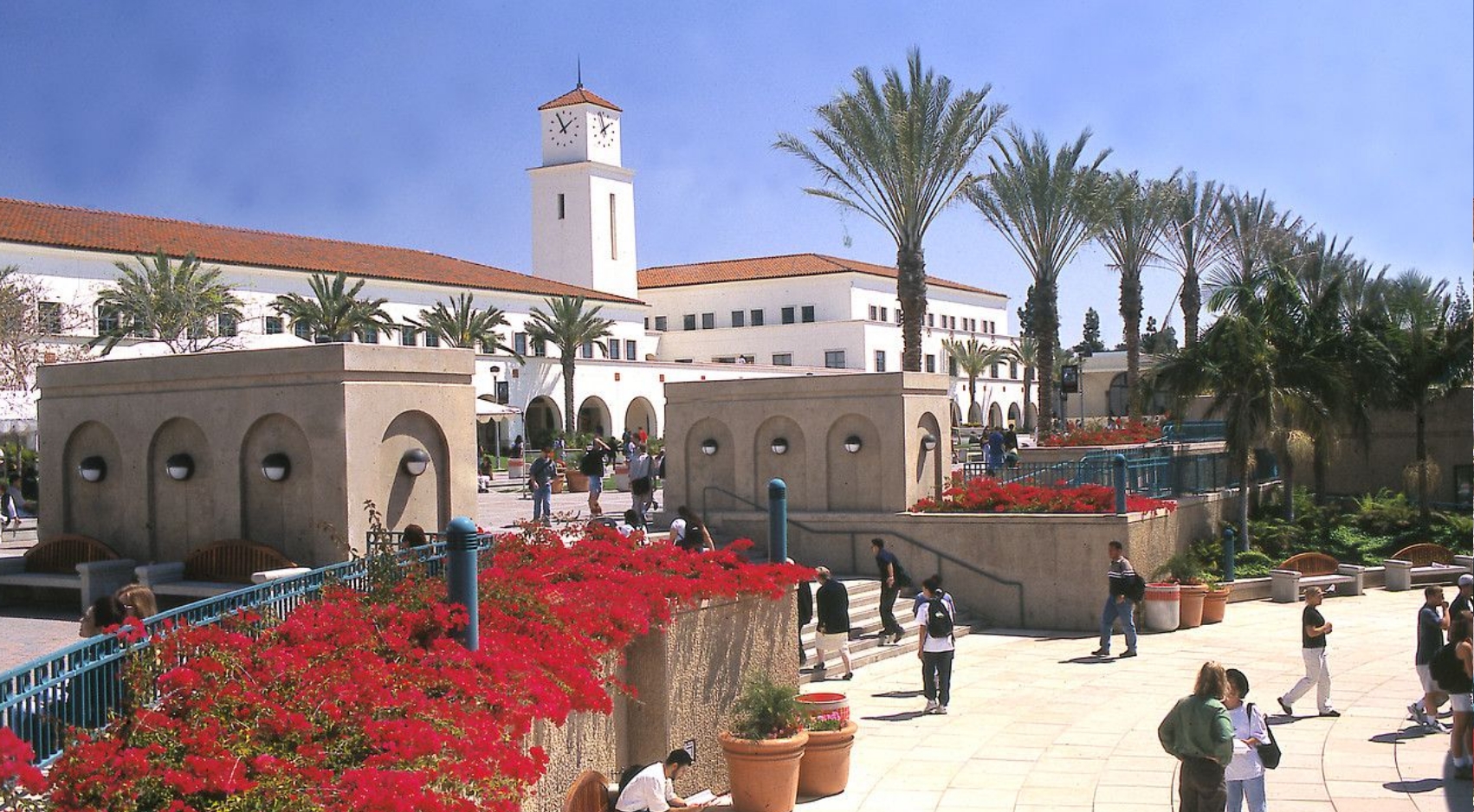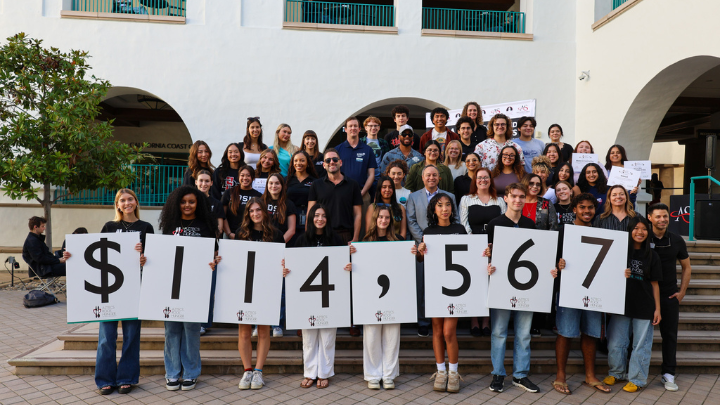Forbes, U.S. News Rank SDSU Among Nation's Top Colleges
The international business program, offered through the Fowler College of Business and the College of Arts and Letters, is No. 13 nationally.

New annual college rankings place San Diego State University at No. 13 for its undergraduate international business program as assessed by U.S. News & World Report, and No. 63 in “Top Colleges” by Forbes.
The “Best Colleges” rankings for 2022-23 from U.S. News, released Monday, also placed SDSU at No. 72 among top public universities and No. 151 among all national universities.
Forbes, a business magazine whose rankings were released earlier, said it crunched numbers to assess colleges and universities that offer “an excellent education at a great price, graduate high-earners and propel students to become successful entrepreneurs and influential leaders in their fields.”
“SDSU’s continued recognition of our academic strength is especially encouraging following a year of recovery from the pandemic,” said SDSU president Adela de la Torre. “SDSU’s record-setting research activity, soaring graduation rates and continued closure of the achievement gap for underrepresented students are testaments to our resilience and unwavering commitment.”
U.S. News, now in its 38th year of annual rankings, said it assessed 1,500 bachelor’s degree-granting institutions on 17 measures of academic quality.
Ranked Programs, Strategic Areas of Focus
The No. 13 rated international business program at SDSU is a joint program of the Fowler College of Business and the College of Arts and Letters.
Another key indicator ranks SDSU No. 57 for ethnic diversity, an index showing how likely undergraduate students are to meet other students from racial or ethnic groups other than their own.
SDSU is the only campus in the CSU that has effectively closed its graduation rate gap between underrepresented freshmen students and their and non-underrepresented counterparts, including between Black students and non-underrepresented freshmen students.
The rankings were announced as SDSU begins year three of its five-year strategic plan. The plan identifies student success as a key priority. This includes commitments to close equity gaps, expanding access to both undergraduate and graduate education for the people of our region, and supporting student health and well-being.
In other highlights of the U.S. News publication, SDSU is:
-
No. 30 for the entrepreneurship specialty program in the business college.
-
No. 73 for the undergraduate business program, up one step from last year and eight steps from the year before; its highest ranking ever.
-
No. 93 for its nursing program.
-
No. 99 in social mobility, looking at the success schools have in graduating students from low-income households, and No. 100 in “Best for Veterans,” based on enrollment of and benefits for veterans and active-duty service members.
Shifts in Metrics and Weights
Rankings have increased in complexity over the years with new factors being added well beyond graduation rates, student costs and reputation – and with some outside of the direct control of individual higher education institutions. New shifts in metrics this year have led to notable and sometimes significant rankings changes for both regional and national schools throughout the country.
Notably, earlier this year, Carnegie released its final updates for classifying colleges, which U.S. News uses to assign schools for ranking categories. As a result, about 10% of the ranked schools changed U.S. News ranking categories in the 2022-23 rankings compared with the earlier edition.
Faculty compensation has also been a contentious factor in recent rankings, accounting for 7% of an institution’s score. This year, U.S. News introduced faculty compensation cost of living adjustments, relying on state non-metropolitan averages instead of national averages across the board. Within the California State University system, the earlier salary step model was removed. However, the CSU is revising its policies, which will have direct impacts on each campus, including SDSU. In the meantime, SDSU’s administration has actively advocated for improved salaries for faculty, and has also been working with the CSU to address wage gaps, low cost housing loans, and other critical supports impacting total faculty compensation.
An additional change: U.S. News shifted how it considered SAT/ACT scores for new entrants, either by relying on pre-pandemic fall 2020 scores or on a formula considering six-year graduation ranks and high school standing ranking factors. While U.S. News persists in such metrics as a way to understand the correlation with standardized test rankings, SDSU, like most others within the CSU system, has moved away from relying on SAT scores. However, many national universities still use SAT/ACT scores for the majority of their entrants.
Looking Ahead
While debated each year, research continues to show that University rankings are increasingly a factor in where college-bound students choose to study. While ranking methodology continues to evolve, with resources and reputation often still outweighing outcome-based metrics, there is increasing pressure for that to change. In the meantime, universities remain serious about providing ample evidence of their return on investment to prospective students, families, and communities.
“There is no question about what matters most to most families–and that is whether the cost of the education is outweighed by the increased earning power and opportunities available to their student after graduation,” said Stefan Hyman, Associate Vice President for Enrollment Management at SDSU.
“They are looking for excellence. They are looking for a brand, a community, and an experience which will open doors for their children or for themselves. And they are looking for this at a cost they can afford. So much else is window dressing.”



